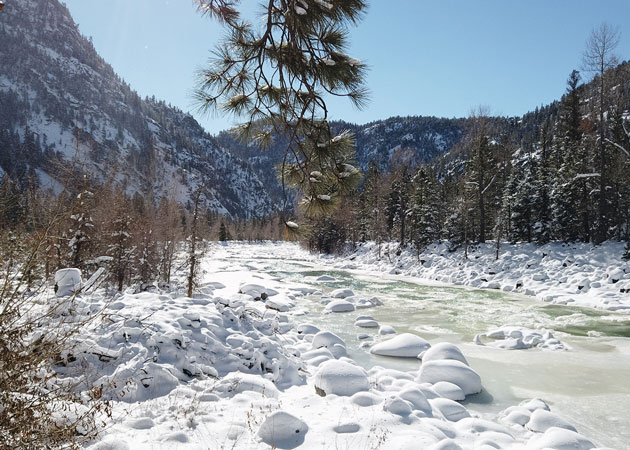Taylor Sheridan is one busy guy, promoting the history of settling the Yellowstone Ranch in “1883” and a modern version of trying to preserve the sprawling Yellowstone ranch in “Yellowstone,” now in its fifth season, and a spinoff of the ranch’s history in “1923” starring Helen Mirren and Harrison Ford. Left out is XIT, the real largest ranch in the world, under fence.
Texas Panhandle
The XIT in the 1880s all lay in the Texas Panhandle. Its three million acres sprawled from the old Yellowhouse headquarters, near Lubbock, Texas, northward to the Oklahoma Panhandle, in an irregular strip roughly thirty miles wide.
It covered portions of ten counties: Dallam, Hartley, Oldham, Deaf Smith, Parmer, Castro, Bailey, Lamb, Cochran, and Hockley, which has apparently helped perpetuate the misbelief that the brand — XIT — stands for “Ten in Texas.”
At its peak, the ranch ran 150,000 cattle. The corrals, foreman’s residence, and bunkhouse had been built in Buffalo Springs and still stand as the oldest structures in Dallam County.
Taylor Sheridan is not through with ranching. He recently purchased the 256,000 acres 6666 Ranch, known for its black Angus cattle and famed cutting horses, for $320 million and will soon be featured in a television show named after the ranch.
How Do You Build a New Texas Capitol?
In 1879, the 16th Texas Legislature appropriated 3,000,000 acres of land from the territory of the Querecho Indians and Teyas to finance a new state capitol. In 1882, in a special legislative session, the 17th Texas Legislature struck a bargain with Charles B. and John V. Farwell of Chicago, Illinois, under which a syndicate led by the Farwells, with mostly British investors, agreed to build a new Texas State Capitol in Austin and to accept the 3,000,000 acres of Panhandle land as payment. Total expenses for the capitol building amounted to $3,744,630.60, of which the Syndicate Company paid $3,224,593.45.
The XIT Ranch stretched through 10 counties and was 200 miles long, which gave them strategic advantages in raising longhorn cattle.
They could have these purebred longhorns as they grew until they get closer to the top of the northern sections of land, where then they would be taken off to auction houses.
An industry critical to the XIT and the Panhandle area were the railroads, which were crucial in transporting cattle from the ranch, to markets out of state like Kansas City or Chicago.
The Rock Island (railroad) line went through the area and intersected with the Fort Worth Denver (railway) line. This gave the ranch the ability to lower the owner’s risk by being closer to the endpoint or markets, where you can actually make more money. The ranch had the ability to order dozens, in some cases, hundreds of cars for the cattle to travel in would also lower the risk by getting all cattle safely to the final destination.


